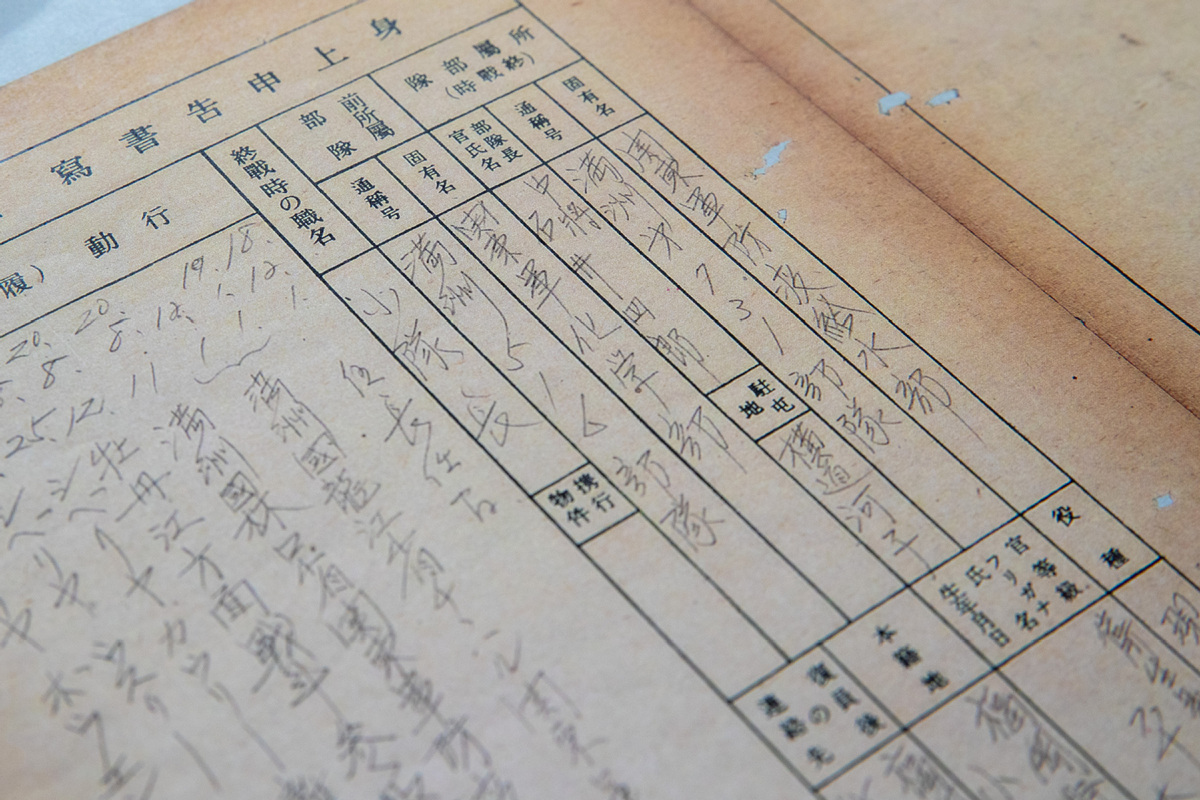
HARBIN -- A document containing detailed information about military personnel from Unit 731, a Japanese germ warfare unit during World War II, was unveiled for the first time in Harbin, the capital of Northeast China's Heilongjiang province, on Saturday.
The 69-page document contains personnel files of 52 members of the unit, including names, places of origin, posts at the end of the war, units to which they belonged, resumes and medical treatment received during their detention in Siberia after the end of the war.
It offers new evidence for the study of the formation, personnel flow, war crimes and liabilities of Unit 731, said Jin Shicheng, a researcher with the Exhibition Hall of Evidences of Crime Committed by Unit 731 of the Japanese Imperial Army.
At least 3,000 people were used in human experiments by Unit 731, while more than 300,000 people in China were killed by Japan's biological weapons
ALSO READ: 'Hell on earth': Japanese veteran admits Unit 731 atrocities
The document was discovered in the National Archives of Japan. A copy of it was brought back to the exhibition hall in China in 2022, after successful negotiations with the Japanese side.
"This is a comprehensive record of their involvement in the operations of Unit 731, which provided new clues for the research of their war atrocities and their fate after Japan's surrender in 1945," said Jin.
Jin said the document suggests the 52 members of Unit 731 did not withdraw to Japan with their main forces, which improved the authenticity and accuracy of historical research.
The document revealed that, in addition to the 12 war criminals that stood open trial, two other members were sentenced to 25 years in prison, which was disclosed for the first time.
ALSO READ: New documents reveal further details of Unit 731
According to the document, one of the 52 members was transferred from Unit 516 to Unit 731 in 1945, demonstrating the close links between the germ and chemical warfare units of the Japanese Imperial Army, said Jin.
The document also recorded that four members aged 15 to 21 were sent to a Harbin-based medical university in the puppet "Manchukuo" for three years of "medical training" as military family students.
"This is key information showing the joint training of young soldiers by the Japanese military, government and medical institutions, and once again proves that the implementation of human experiments and germ warfare was a top-down, organized, premeditated, and systematic group crime of Japanese militarism," said Jin Chengmin, curator of the exhibition hall.
Unit 731 was a top-secret biological and chemical warfare research base established in Harbin as the nerve center for Japanese biological warfare in China and Southeast Asia during World War II.
READ MORE: Japanese book provides new evidence on Unit 731 experiments
At least 3,000 people were used in human experiments by Unit 731, while more than 300,000 people in China were killed by Japan's biological weapons.


